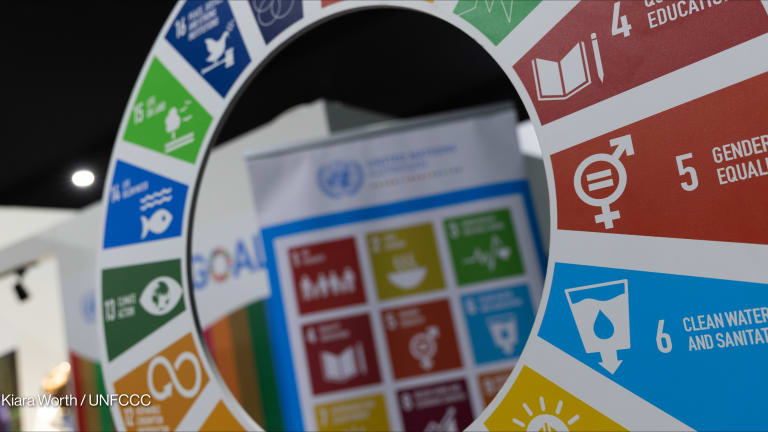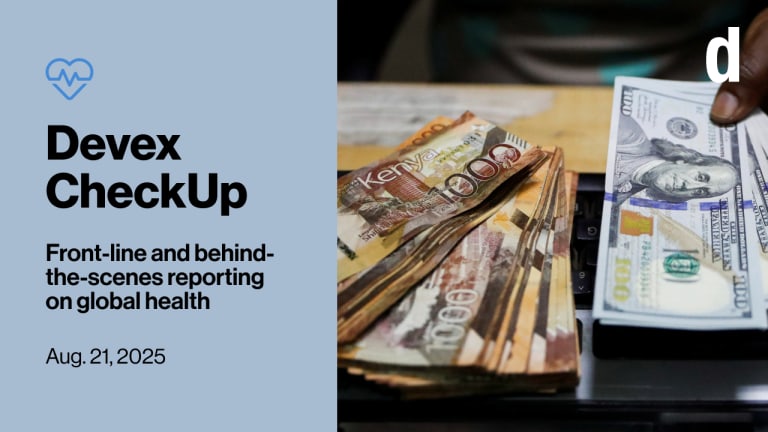
MANILA — In the future, surveillance for public health scares such as influenza could have an ally in new technology.
A new study published today in The Lancet Digital Health journal reviewed deidentified data from 200,000 users of Fitbit — a wireless, wearable technology that keeps track of a person’s fitness activity — in several U.S. states. The researchers wanted to see whether data generated using the device could help predict the extent of influenza-like illness within a population.
“Even if this data was only gathered from a small percentage of a population, it may still be useful as an added early warning system for [influenza-like illness] outbreaks.”
— Jennifer Radin, Senior Staff Scientist, Scripps Research Translational InstituteThe researchers analyzed 60 days’ worth of data from each user between March 2016-March 2018, looking at deviations or changes from their average heart rate and sleep duration. For example, a user who had an average resting heart rate of 60 beats per minute, with a standard deviation of 5 beats per minute, and an average sleeping time of 6 hours suddenly showed a weekly average resting heart rate of 66 beats per minute despite having no change in their sleeping time.
“Prior studies have found that heart rates [go] up when an individual gets an infection, especially one accompanied by a fever. I noticed the same thing happened to myself when I got sick and was therefore interested to see if we could use aggregated Fitbit data to identify seasonal trends in influenza-like illness at the state level,” Jennifer Radin, Senior Staff Scientist, Scripps Research Translational Institute, and one of the study’s authors, told Devex over email.
Data from the study was compared with the weekly estimates of influenza-like illness from the U.S. Centers for Disease Control and Prevention, showing correlations ranging from 0.84 to 0.97 in the study’s final models.
“Week-to-week changes in the proportion of Fitbit users with abnormal data were associated with week-to-week changes in [influenza-like illness] rates in most cases,” according to the study.
The study shows wearable-devices could help provide improved real-time surveillance data, Radin said, adding that at present, CDC data on influenza-like illness are often reported late by one to three weeks. This could help public health responders act quickly when there’s a suspected outbreak.
But the study also identified several limitations. For example, a lack of activity data from a wearable device could mean changes in the user’s fitness routine. There are also other factors that could increase an individual’s resting heart rate, such as stress and other noninfectious causes.
However, new wearables that include continuous sensors for body temperature, blood pressure, oxygen saturation, electrocardiography, or even cough recognition could further improve population- and even individual-level influenza activity identification, according to the study’s authors.
When asked if the price of wearable devices could be a potential barrier for their use around the world — such as in low-income countries where the cost can be out of reach for many in the population — Radin said, “The price of wearable devices will continue to drop in the future, which will likely make this technology more ubiquitous in the U.S. and globally.”
She emphasized that the technology could help detect outbreaks.
“Even if this data was only gathered from a small percentage of a population, it may still be useful as an added early warning system for [influenza-like illness] outbreaks, in conjunction with existing flu surveillance systems.”








